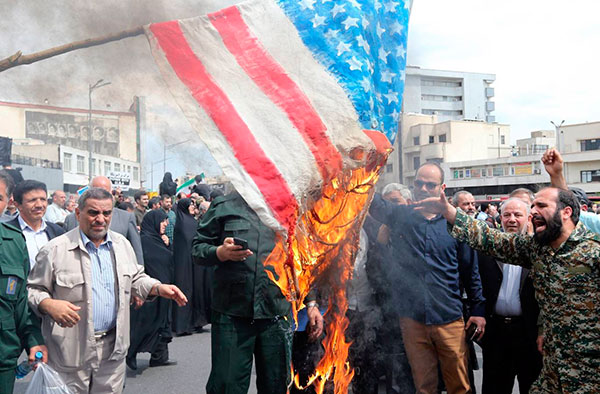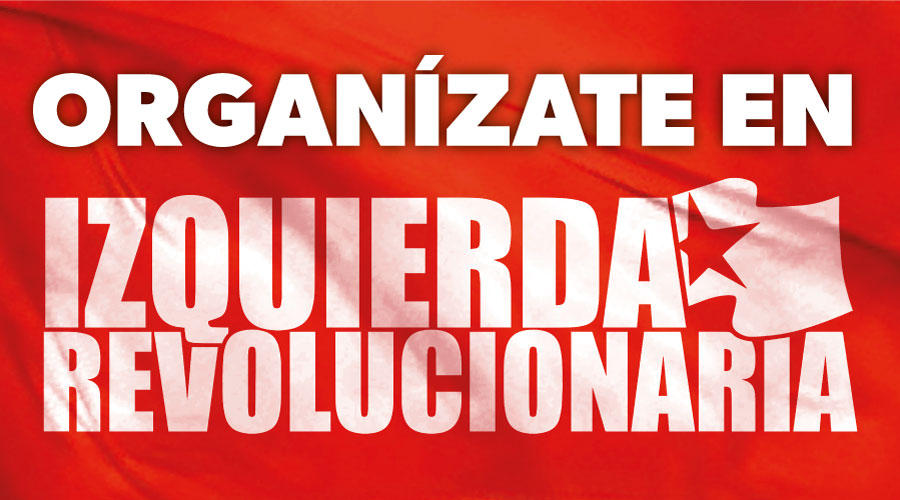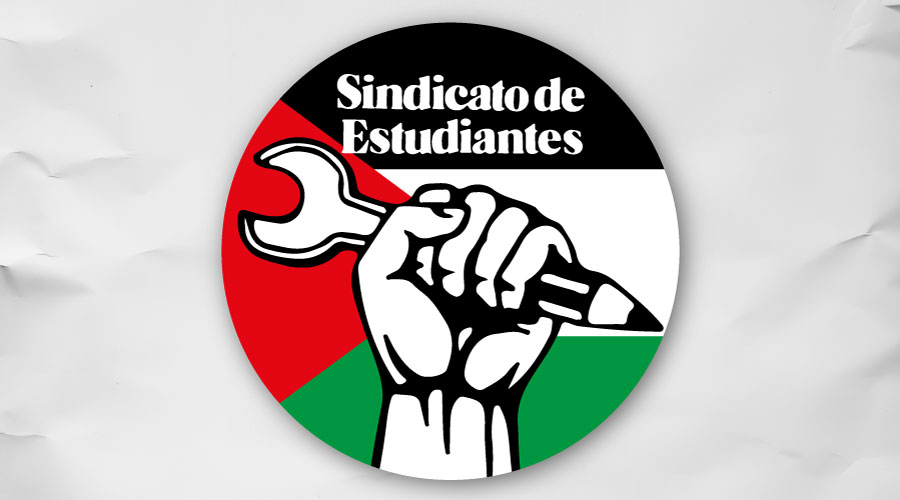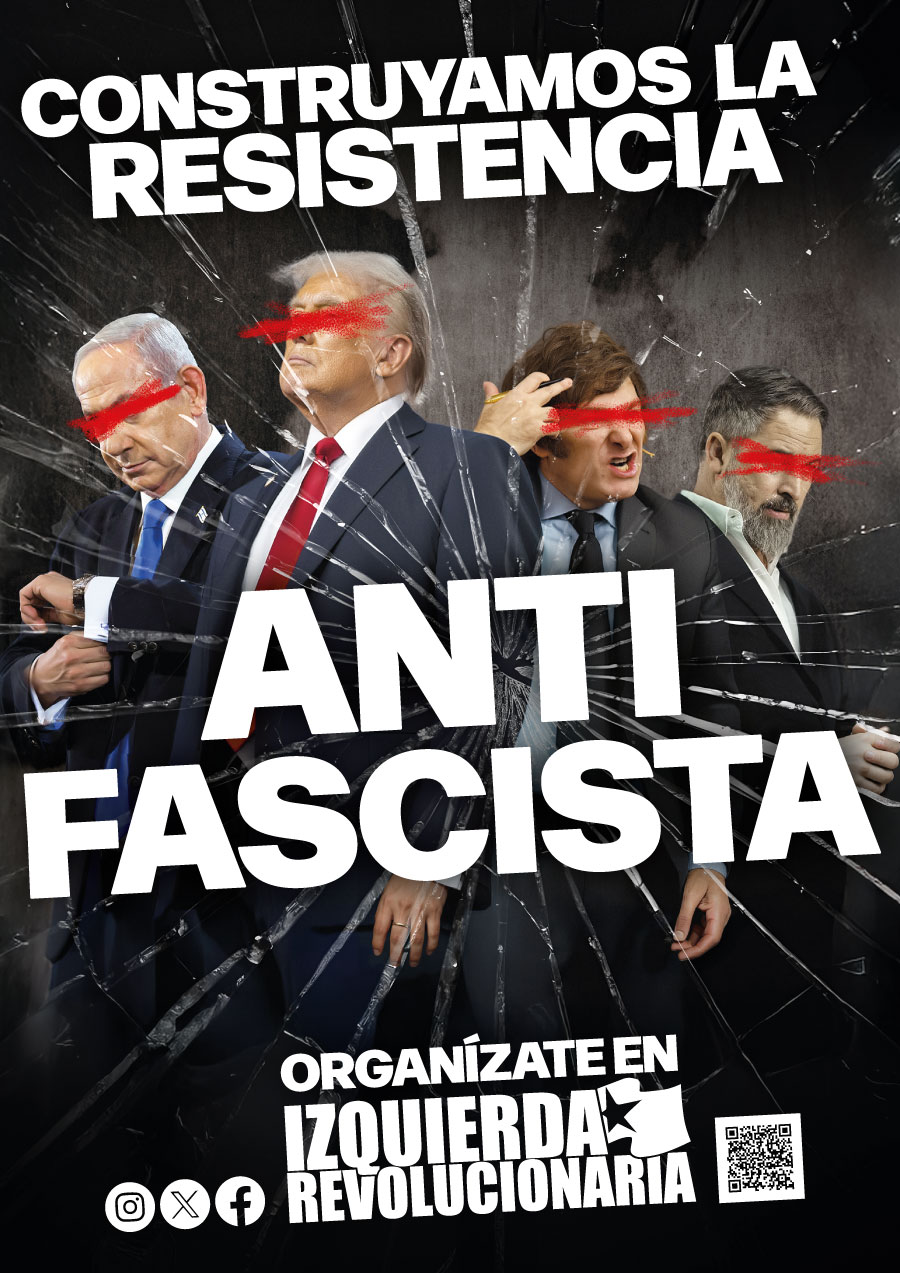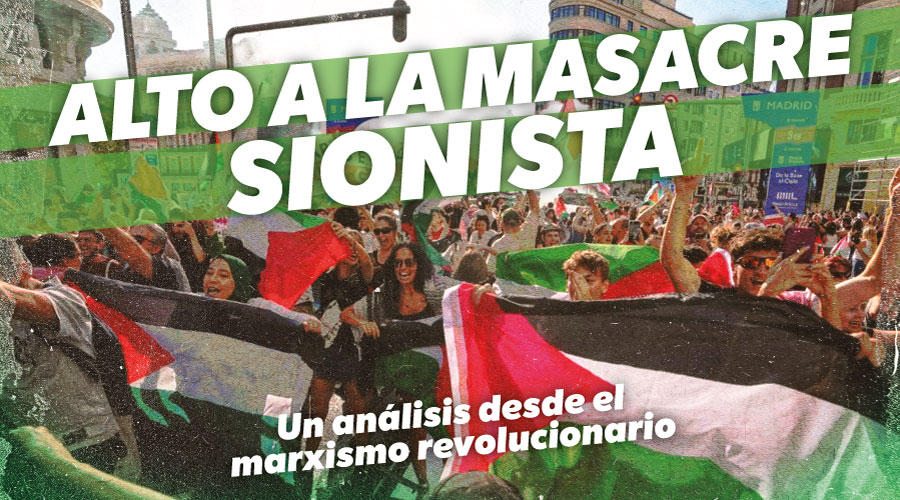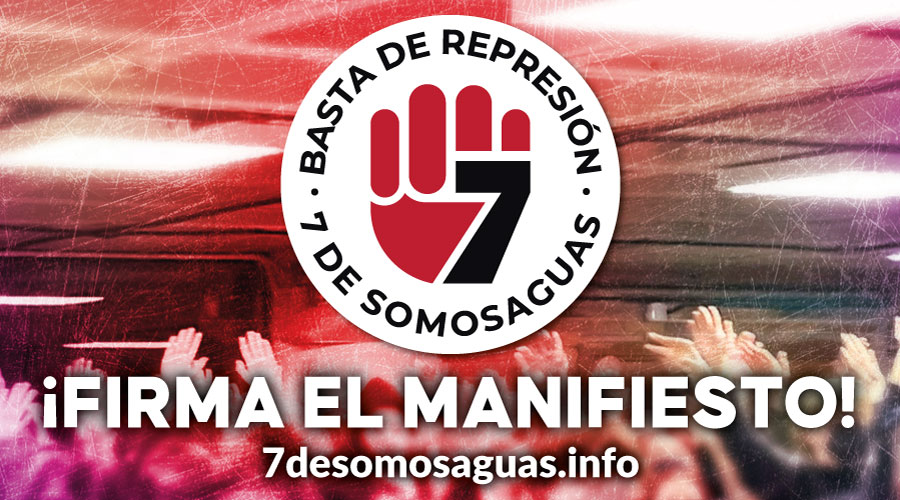Originally published on 9 January 2020
In the dawn of January 3 the United States murdered General Qasem Soleimani, a strong man in Iranian foreign policy and considered the number two of the regime after Ayatollah Ali Jamenei. Abu Mahdi al Muhandis, deputy Chief of the Popular Mobilization Forces (PMF), the coalition of pro-Iranian militias in Iraq, also fell. Immediately, the Iranian regime promised a "hard revenge”. Imperialism again adds petrol to the powder keg of the Middle East.
Five days later, 22 missiles hit two Iraqi bases with the presence of US troops. Meanwhile, Jamenei said that "it is not enough" and brandished his nationalist demagogy, indicating as his objective the expulsion of US troops from the region, and the Iraqi parliament demanded its withdrawal from the country.
The resurgence of the inter-imperialist dispute over regional hegemony with the US and Iran ― backed by China and Russia ― as main protagonists, and the emergence of the mass movement in the area against their own corrupt oligarchies, raising economic and social class demands and breaking with sectarian divisions, form the background of the situation.
Fight for regional hegemony
The invasion of Iraq in 2003 had a disastrous result for US imperialism: Iran was the one who emerged strengthened, with a decisive influence in the Iraqi Government, and with the US having to rely on them to leave Iraq and end the bleeding of resources that the occupation meant. The same has happened with the reduction of US troops from northern Syria, leaving the road clear for the advance of Turkey or Iran.
This situation pushed Trump to consolidate his allies in the area (Israel and Saudi Arabia) to try to contain the growing Iranian influence. This is what lies behind the withdrawal of the nuclear agreement by the Trump Administration in 2018, reestablishing economic sanctions as the main way to weaken the Persian country.
Since then the tension has not ceased, as Tehran has responded with various attacks ― with Soleimani as the main architect ― to US interests in the region. The last one, and trigger of the current situation, occurred on December 27 in Iraq: mortar shots at a military base resulted in a dead American contractor. In response, two days later the US bombed five Kataib Hezbollah bases (one of the Iraqi Shiite militias backed by Iran) in Iraq and Syria, with a balance of 25 dead. In response, on January 1, a multitude of pro-Iranian militiamen entered the super-protected Green Zone of Baghdad, without any resistance, and besieged the US embassy for hours. Finally, on Friday 3, Trump ordered the attack in which Soleimani died.
This action, and the Pentagon's announcement of the dispatch of 3,500 soldiers, ― in contradiction to the words of the US president: "it's time to get out of these ridiculous endless wars" ― is Trump's attempt to hit the table and show muscle to his rivals on the international board. At home, with the impeachment underway and in election year, it could serve, according to his calculations, to divert attention from the internal crisis.
Nor should we lose sight of the fact that this attack in Baghdad allows imperialism to again stir up sectarian hatreds and thus try to derail the social rebellions in progress in these countries for the benefit of the different cliques and governments of both Iraq and Iran. The imperialists prefer chaos, destruction, and war rather than allowing the victory of a revolutionary movement that becomes a benchmark and puts its system of domination in check.
However, the bet is very risky and it may have the opposite results. On the one hand, the demonstrations in Iraq and Iran against the US attack and in tribute to Soleimani were massive: more than one million people in Tehran and hundreds of thousands in tens of cities. Thus, the Iranian regime is temporarily strengthened, closing ranks around the Government and diverting attention from internal problems by appealing to the external enemy. On the other hand, in the economic, social and political situation that the United States is experiencing, the escape forward of an intervention of greater intensity in the Middle East would have direct effects on the class struggle. A symptom is the massive demonstrations celebrated on January 4 in more than 80 US cities demanding the withdrawal of the US from Iraq and the cry of "No to war and sanctions against Iran!", reflecting the limits of imperialism.
Trump's response to the missiles launched by Iran has been very restrained ― the Americans have been warned of the attack by the Iraqi government ― and focused on tightening sanctions. Everything indicates that neither Trump nor the reactionary Iranian regime wants an open war, but all are forced to make movements to maintain their dominance and weaken their enemies, and that has its own dynamic.
The mass uprising breaks the imperialist balance
No less important to understand the unleashed war spiral is to point out the irruption of the mass movement in Lebanon and Iraq, which has broken the imperialist balance in the area. Both countries are experiencing an unprecedented popular uprising in decades, whose focus is the questioning of the entire sectarian political regime established by imperialism as well as the interference of Iran ― through Hezbollah in one case and pro-Iranian militias in the case of Iraq ― together with the requirement of decent living conditions. This protests caused the resignation of the prime ministers of both countries. This is precisely what pushed Iran to orchestrate different attacks against US targets in Iraq, to try to change the axis of the mobilizations.
This wave of protests has also reached Iran, unleashing in mid-November the most important mass movement in 40 years against the reactionary and theocratic regime of the Ayatollahs. The emergence of the Iranian working class leading the protests, particularly working class youth who are largely unemployed or underemployed, and the lack of illusions in the liberal reform sector of the regime are two key features in the situation and also reveal the crisis and the Achilles heel of the Iranian Government. Dialectically, Iranian hegemony in the Middle East, far from being a factor of internal stability, is problematic for the regime.
The magnitude of the mobilization forced the Government to use repression thoroughly because in some cities, such as Shiraz, it lost control over them. It is estimated around 1,500 dead and thousands injured and detained.
Out with the imperialists of the Middle East!
The only guarantee to conjure the threat of imperialist and sectarian war is the independent action of the working class and the oppressed masses of the entire Middle East, starting with Iraq and Iran, demanding the withdrawal of imperialist occupation forces and puppet governments on which they rely.
To confront the barbarism that Iran, the United States, and the reactionary governments represent for the masses, the urgent task of young people and workers is to build a revolutionary party that unifies all the oppressed against their oppressors, regardless of their nationality or creed, and provide them with a revolutionary alternative. A party that defends the expulsion of imperialism, the overthrowing of the oligarchies on which it relies and the expropriation of the fundamental levers of the economy putting them under the democratic control of the population.






